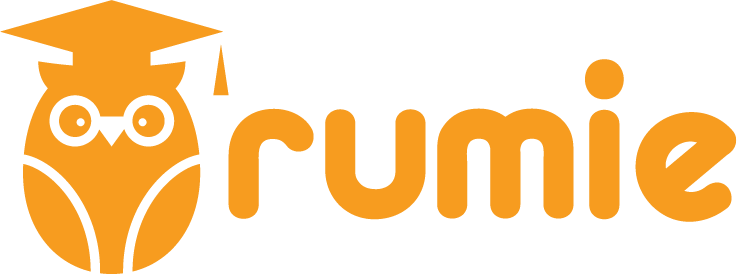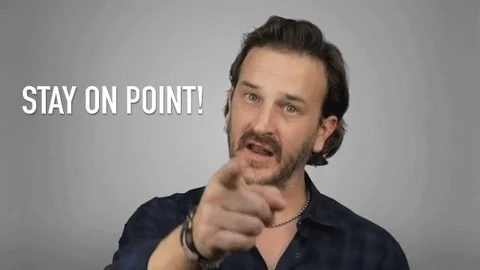Have you ever come across a problem you weren't sure how to solve?
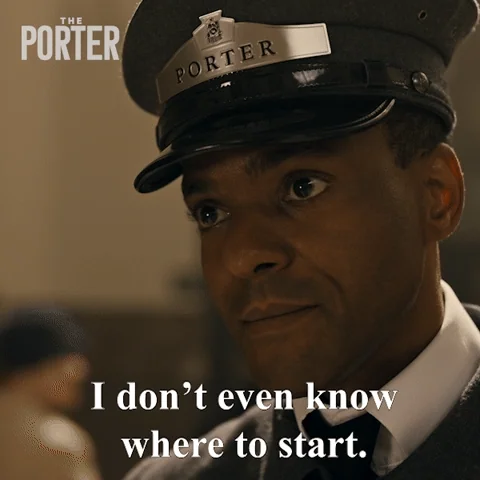
Problem-solving is an essential skill, and sooner or later, you'll encounter more situations that require you to put it into practice.
But how?
Computational thinking is a great approach to problem-solving and learning the 4 stages of computational thinking will help sharpen your problem-solving skills!
What is Computational Thinking?
If you're wondering if computational thinking has something to do with computers, you're close! Computational thinking is a problem-solving approach that comes from computer science principles.
It can help you tackle a problem head-on by breaking it down and following a systematic approach to come to a solution.
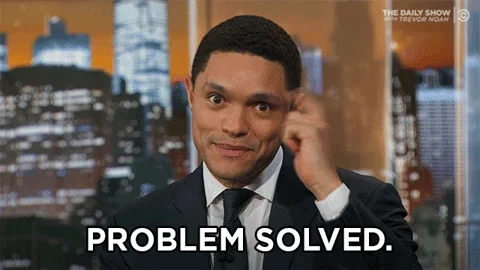
Computational thinking is divided into 4 stages:
Decomposition
Pattern recognition
Abstraction
Algorithmic thinking
You might have practiced some of these stages already without realizing you were thinking computationally. See if you can connect any of the stages with actions you've taken before!
Stage 1: Decomposition
Complex problems are made up of smaller parts that build up to form the problem. In the decomposition stage, you start by going backwards and breaking the problem down into smaller, manageable chunks.

Why It's Important
Simplifies a complex problem
Smaller individual parts can be worked on simultaneously
Reduces cognitive load (how much your brain has to process at a given time)
Helps to plan and prioritize important parts of the problem
In group projects, smaller parts can be divided among members
Example
Imagine you have a project on global warming due in a month. When you break down your project into different tasks, what do you get?
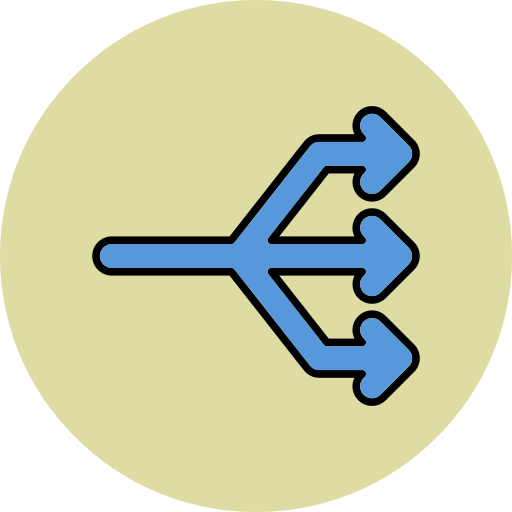 Research:
Research:
Read about global warming
Decide headings and subheadings
List your sources
Write and organize content:
Write/create content for your project
Decide the order of content
Choose multimedia to use
Final edits and practice delivery:
Check for errors
Practice presenting the project
Stage 2: Pattern Recognition
You can learn a lot from patterns and trends! In this stage, you look for similarities and recurring trends in the problem. Identifying patterns in the problem can help you make predictions and informed decisions to get to the solution.
Why It's Important
Helps you make predictions about the problem
Patterns help solve the problem faster in future situations
Patterns and themes can help create a solution
Example
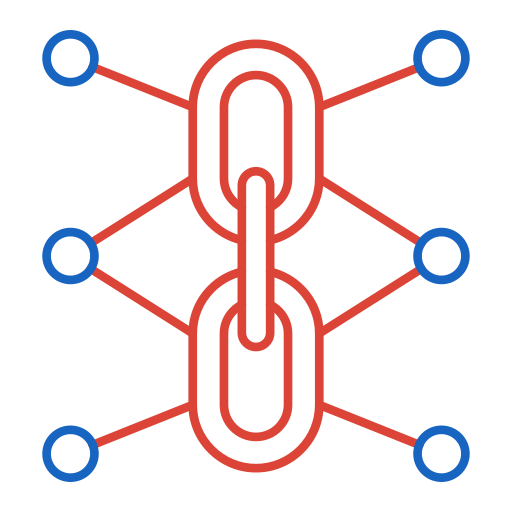
What patterns can you identify when working on your project?
Topic: Connections between different elements of global warming. Patterns between population growth and rising global temperatures. Patterns linking pollution to increasing temperatures.
Time management: Recognizing a pattern with how long you take for different project tasks can help you allot time accordingly.
Performance analysis: Identifying patterns in highly graded sample projects can help improve your project.
Stage 3: Abstraction
You've broken down your project into small parts and noticed patterns in the different areas of your project. But are all the patterns you recognized important?
The abstraction stage is a selection process where you filter the important information and remove the unnecessary details. This makes problem-solving more efficient by focusing on relevant parts of the problems and avoiding time and resource wastage on irrelevant details.
Why It's Important
Necessary step to sort through data
Improves efficiency by avoiding spending time on irrelevant details
Helps narrow your focus to the important task
Improves communication by presenting information with clarity and precision
Example
How can you practice abstraction when working on your project?

Research: When researching global warming, focus on identifying and selecting only relevant information. Not all observed patterns or details need to be included.
Task management: Prioritize your tasks based on importance and relevance. Start with important tasks — like research and content — rather than tasks like picking colors for the presentation.
Presentation: When presenting the project, keep the focus on global warming and avoid getting sidetracked by related topics.
Stage 4: Algorithmic Thinking
In the final stage, you develop a step-by-step answer to solve the problem. Coming up with a clearly defined set of steps to get to the solution will help you reuse the solution and apply it to similar problems.
Why It's Important
Provides clear and structured steps to solve problems
Solutions can be replicated in future scenarios
Increases efficiency
Encourages logical thinking
Example
You have broken down and abstracted all the important parts of your project. It’s time to start creating your project!
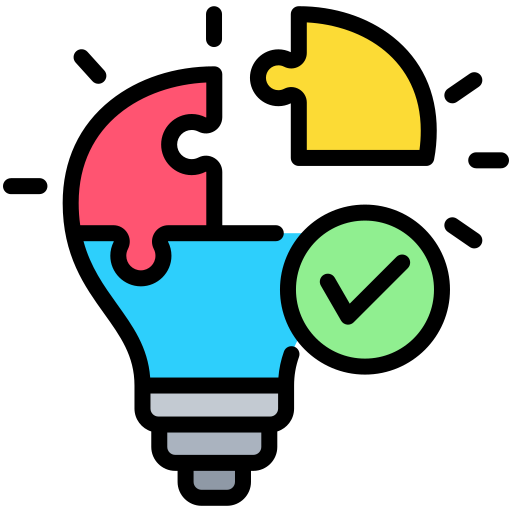
Structure: Plan and decide the order and structure of your content before you start.
Documentation: Note down the step-by step path you take to create the project. This will help you for future projects as well.
Task management: Create a solution for each part of the project. What will the design look like? How long is the presentation? What is the cost of creating the project?
Problem-solving: Create a step-by-step solution to fix setbacks you encounter.
Test Your Knowledge
You're part of a group project on global warming in the last century. Your group members have agreed to take on different roles.

Yelena: Break down the project into smaller parts and assign duties to others.

Priya: Research climate change and the cause of dinosaur extinction.

Ryan: Go through the top project submissions in the last 3 years.

Trevor: Pick a section from the topic and figure it out as he goes.
Quiz
Which of your group members have taken a computational thinking approach?
Take Action
Now that you know what computational thinking is, you're equipped to take on the next challenge that comes your away!
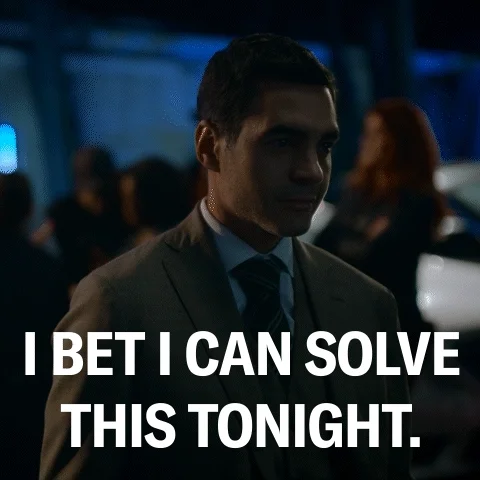
Your feedback matters to us.
This Byte helped me better understand the topic.
